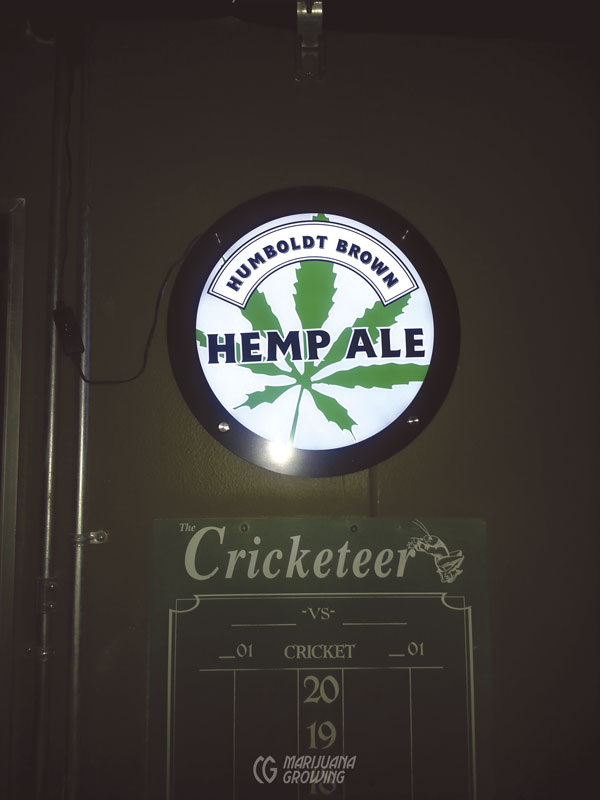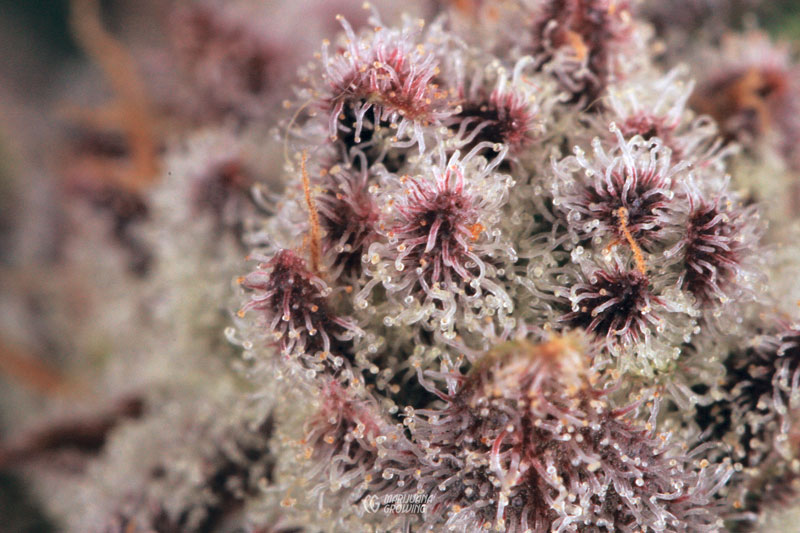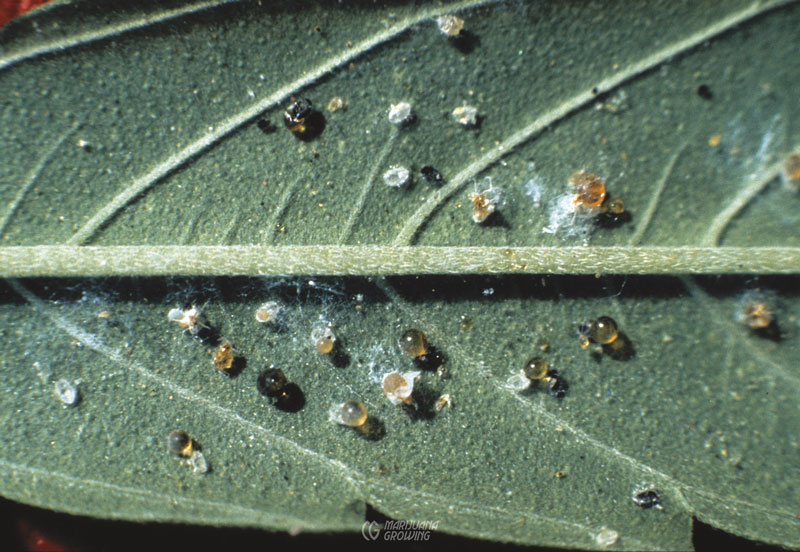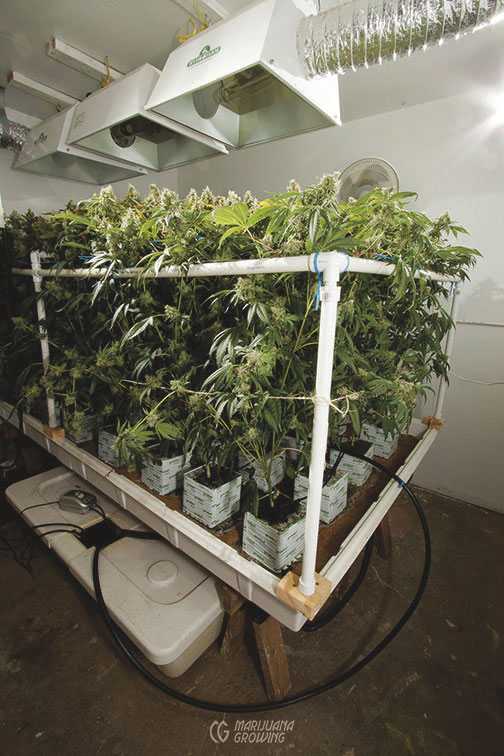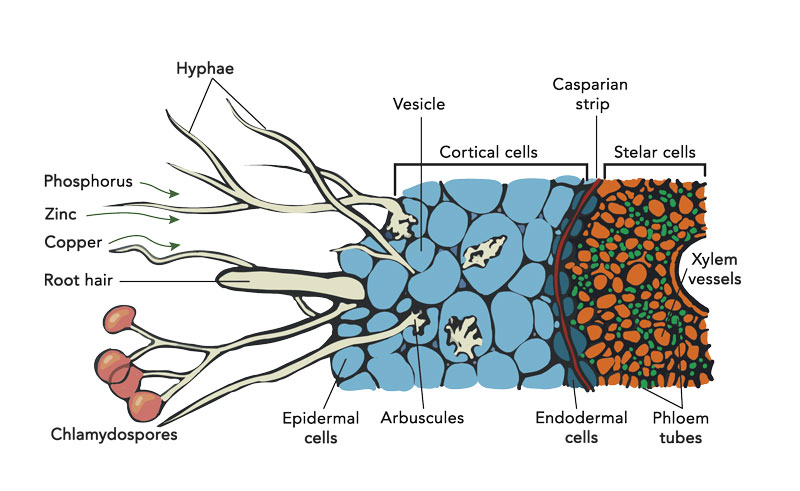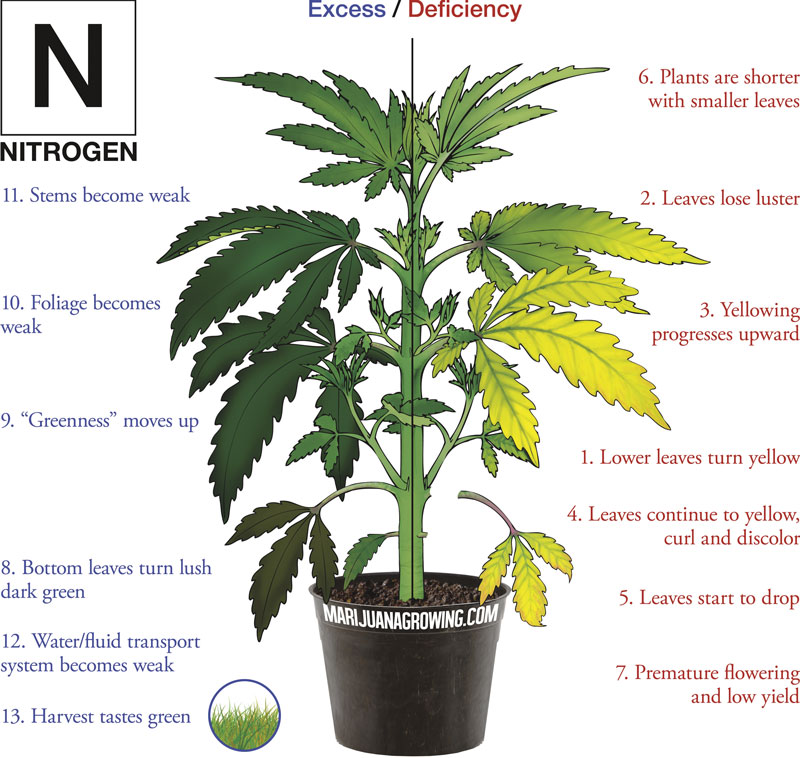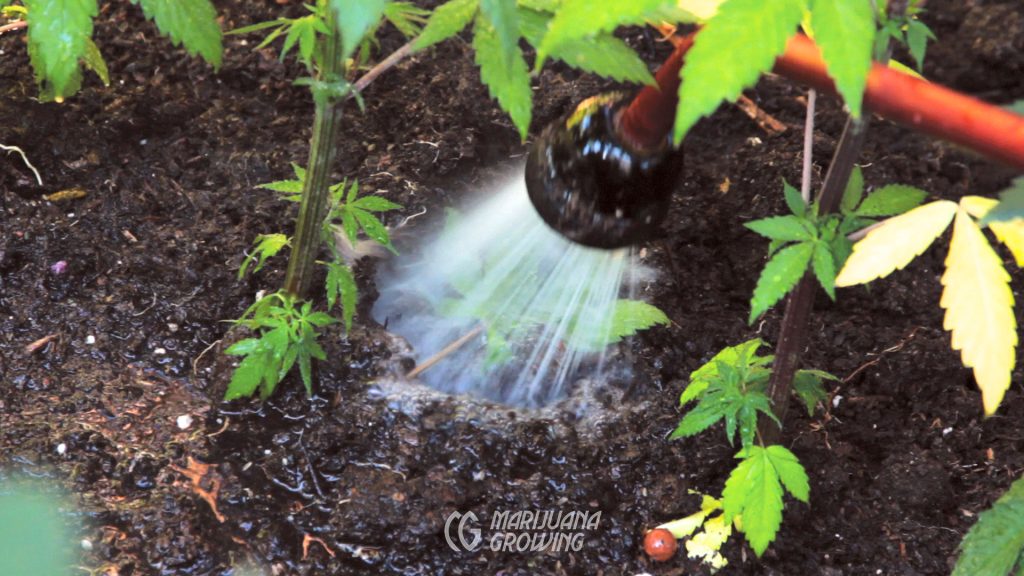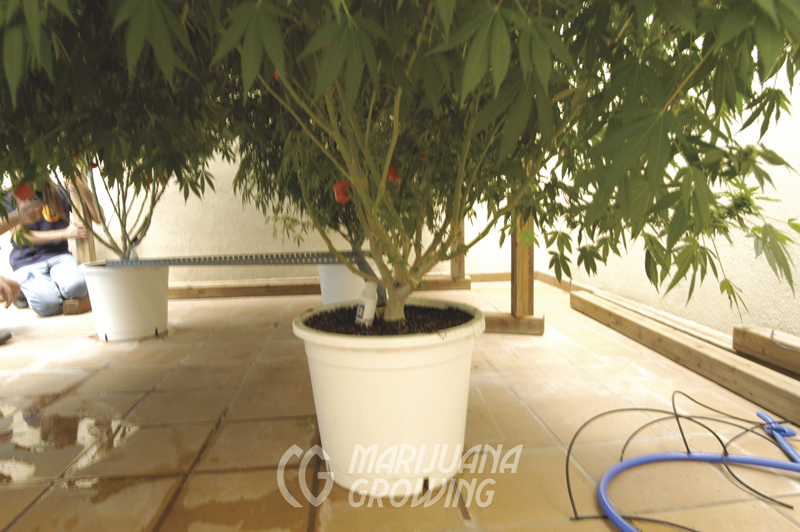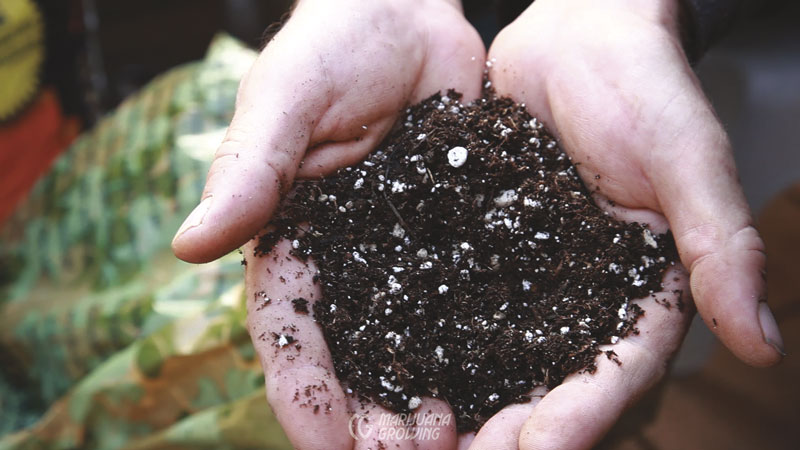Cannabis can be cooked or baked into food for medical consumption. Cannabinoids are liberated and become “active” when mixed with fats, oils, and alcohols. Fats can be saturated or unsaturated. Saturated fats often turn solid at room temperature and are often from animal origin. Unsaturated oils such as avocado, canola, olive, safflower, sesame, and sunflower […]
Separating resin glands from foliage concentrates cannabinoids into dry powdered resin glands (kief*); when pressed into blocks, the resin concentrate is called hashish or hash. Resin glands can be separated using water. Solvents can also be used to separate cannabinoid-rich resin glands from foliage. Once separated from foliage, cannabinoids can remain suspended in a solvent […]
Casual and serious cannabis breeders working with Mother Nature use selective breeding have transformed a wild plant into countless varieties of medicinal cannabis. New varieties are easy, fun, and satisfying to create. Home cannabis gardeners breed plants for many reasons—to increase yield, cannabinoid profile, disease and pest resistance, and so forth. Most often, modern medicinal […]
The cannabis plant is plagued by more than 200 diseases and pests. Diseases are caused by bacteria, fungi, nematodes, viruses, other plants, environmental stress, genetics, and pollutants. Pest insects, mites, mollusks, animals, and many diseases are ushered in by poor sanitation procedures in the garden or garden area. The most common diseases include powdery mildew, […]
Hydroponic gardening is cultivating plants without soil, typically in an inert growing medium. “Container culture” is very similar to hydroponics but uses soil, soilless mix, or some other growing medium that is not inert, that is, the growing medium reacts chemically. Hydroponic and container culture gardening are often confused; container culture is often called hydroponics. […]
The terms additives, boosters, and supplements describe the hormones, bacteria, fungi, sugars, vitamins, nutrients, and other substances medical cannabis gardeners use to improve plant growth. Until recently, most additives were a product of the greenhouse industry or developed by organic gardeners.* Today many additives are being developed and popularized by medical cannabis gardeners and hydroponics […]
Most any nutrient formula (fertilizer), regardless of its contents, will grow cannabis. But what quality will the cannabis be, and what are the residual health concerns? With the proper nutrient formula and growing conditions, medical cannabis can reach its genetic growth potential. Healthy cannabis plants produce high yields. Healthy cannabis organically grown by DoobieDuck attracts […]
Water is a part of humans and all living things. Water moves the fluids that support life in plants and animals. Water (H2O) exists in liquid, gaseous, and solid states. When pure, water is tasteless and odorless. Reflected light often gives it a blue appearance, especially when concentrated in glaciers. Many substances, including fertilizer salts, […]
Container size, shape, construction material, color, and drainage outlets affect the maintenance schedule and ultimately the overall health of cannabis plants. Containers come in all shapes and sizes and can be constructed of almost anything: plastic, wood, metal, clay, fiber, and more. Cannabis will grow in any clean container that has not been used for […]
Soilsare different—very different—from one another. The average organic mineral soil is made up of 45 percent mineral particles; 5 percent living and dead organisms such as bacteria, protozoa, microbes, fungi, and earthworms; and 50 percent air and water. Three major factors contribute to cannabis roots’ ability to grow in a soil: texture, pH, and nutrient […]

